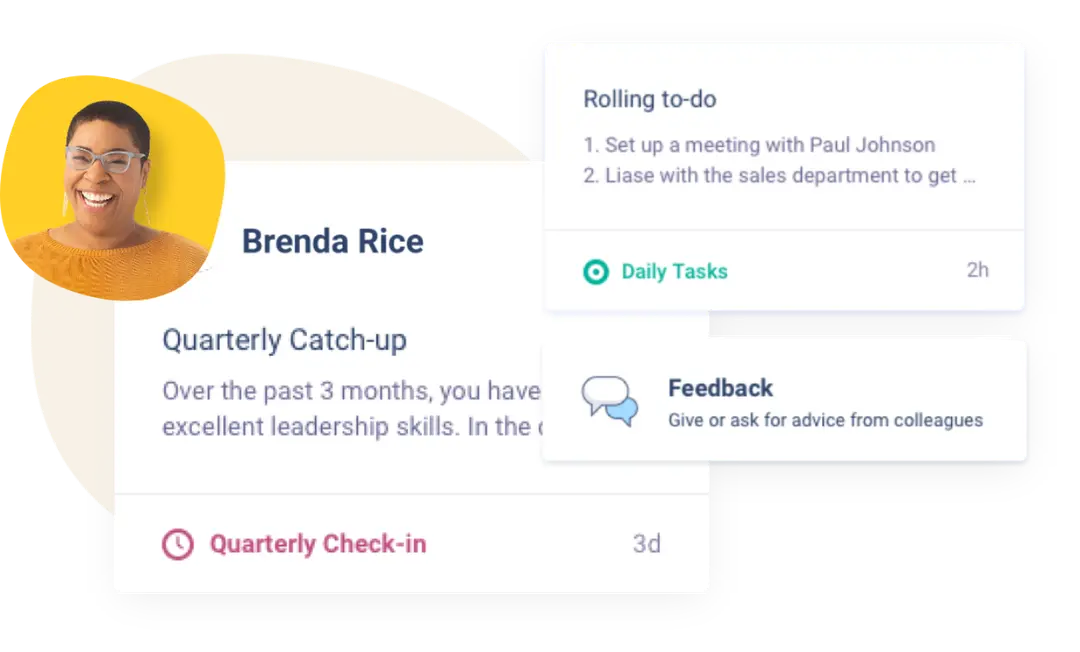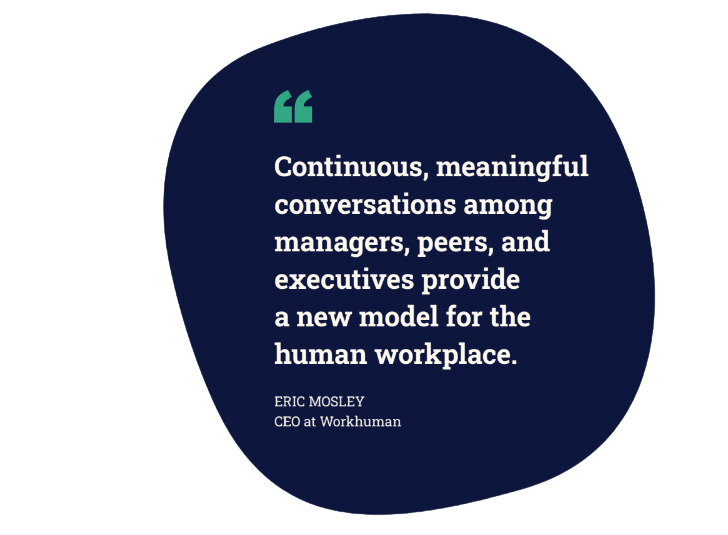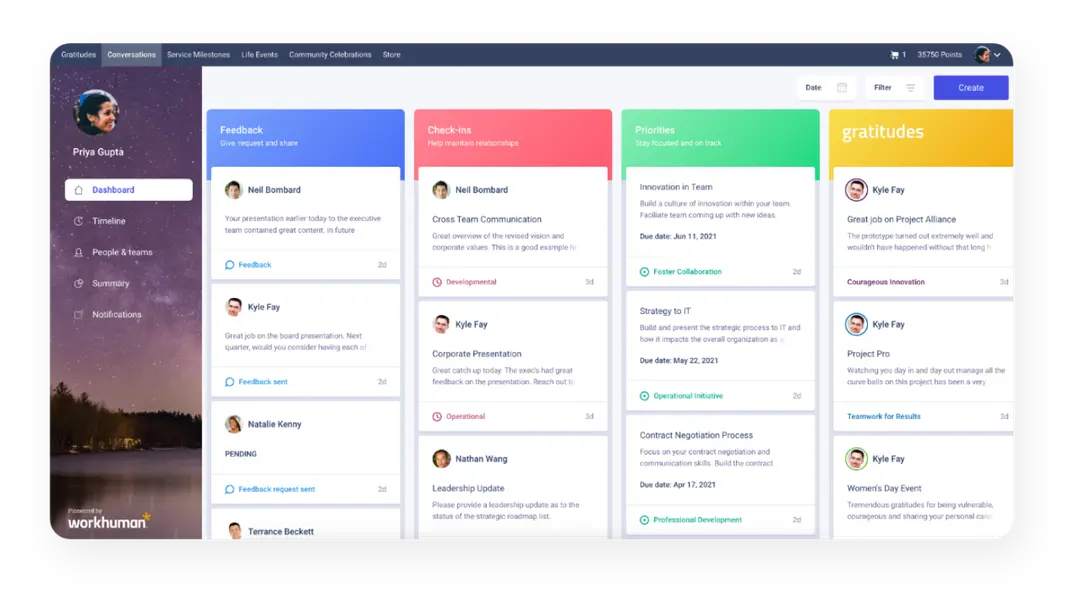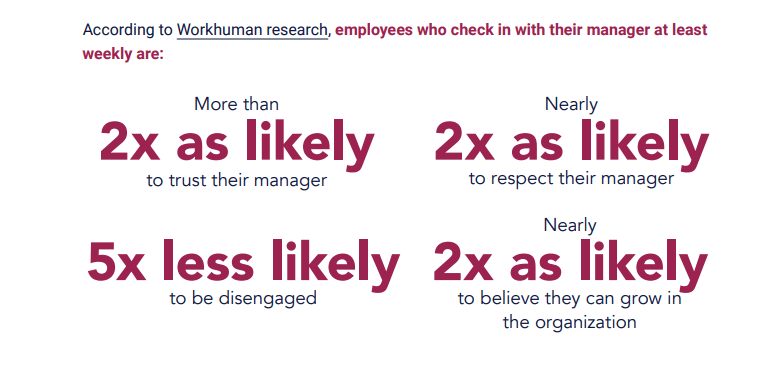How To Foster Transparency in Communication in the Workplace

Transparency in communication is essential to creating a positive and healthy company culture. Keeping your employees in the loop improves employee satisfaction, accountability, and productivity.
That being said, establishing transparency in communication is easier said than done, and that’s where this guide comes in handy. Keep reading, and we'll discuss the importance of transparency in communication and provide best practices for implementing it in your company.
What is workplace transparency?
Transparency in the workplace is the practice of sharing information openly and honestly with employees at all levels within an organization. This includes information about company finances, performance goals, decision-making processes, and other important matters.
Why is transparency challenging for leaders?
Until recently, transparency has been stigmatized in the business world. Most business leaders and managers have shown a lack of transparency because they fear that it might undermine their authority or give employees too much insight and, therefore, power. Now, leaders are embracing transparency.
Why is transparent communication important?
Put simply, transparency in communication is important because it helps build trust between employer and employee. Trust builds accountability and increases an employee's productivity and commitment to doing good work for their teams and their organization.
Naturally, this helps create a strong company culture. A positive workplace culture improves retention rates and business outcomes.
Overall, there are four main benefits when you're more transparent.
- Builds a strong employer brand
- Improves information flow
- Creates strong, aligned relationships
- Eliminates surprises.
Let's take a closer look at how these benefits lead to a transparent work environment.
A strong employer brand
This will help attract and retain top talent. In the "Slack Future of Work Study" conducted by Kelton Global, which surveyed over 1,400 employees, transparency is among the most desired attributes job seekers look for in a company. Around 80% of workers want more transparency in their workplaces, and up to 87% of job seekers prefer a transparent company.
Improved information flow
Transparency creates an environment where employees feel comfortable sharing information laterally, upwards, and downwards. According to studies, this leads to satisfaction, efficient decision-making, problem-solving, and innovation.

Want to improve your transparency and communication during employee check-ins?
Download our "12 Tips For Having Amazing Check-Ins" checklist!
Strong, aligned relationships
Transparency ensures that everyone in the company is on the same page about the organization's goals, strategies, and objectives. This way, all employees can understand their roles in the organization and how their work contributes to the overall success. This encourages employees to cooperate, coordinate, and collaborate better.
It also strengthens the connections and relationships between employees, which reduces conflicts and disputes.
No surprises
Keeping everyone engaged through transparent communication helps eliminate unexpected surprises. This is because employees don’t feel a need to hold back any helpful information that could have snowballed into an inevitable problem in the future.
Negative effects caused by a lack of transparency in communication
In a nutshell, limited communication and transparency can lead to complicated and siloed team dynamics that lower morale and lead to high turnover. Let's take a closer look at how this might play out.
Unpredictable work environment
One downside of working in a non-transparent workplace is that everything becomes somewhat unpredictable. When there is a lack of transparent communication, employees may start to fill in the blanks with their own assumptions and interpretations, especially when it comes to company goals and performance.
This can lead to misunderstandings and misinformation, which eventually develop into unpredictable surprises, secrecy, and gossip.
Less effective collaboration
A lack of transparent communication can create barriers and siloes between employees. When team members don't have the information they need to do their jobs, they may not be able to work effectively with others. This causes misunderstandings, delays, and underwhelming results.
Workplace conflict
The lack of clear accountability and leadership, combined with fear of taking initiative, will create a sense of conflict between employees. This is mainly because employees don’t trust each other and can’t see the big picture, as the company doesn’t transparently communicate its true objectives and goals with its workforce.
Low morale
Many employees regard transparency in communication as a primary indicator of how a company values and trusts them. As a result, employees who are kept out of the information cycle will feel that they have no effect on how things work in a company, so they’ll have little to no drive to innovate and engage with the rest of the team, reducing the overall morale.
How to increase workplace transparency through effective communication

Transparent communication is a practice. Start with making small changes and incorporate the larger goals as leadership becomes more comfortable with communicating transparently. Let's talk through what that might look like.
Practice vulnerability across the board
Vulnerability is the core of transparent communication. Practicing vulnerability reiterates that even executives are still humans who can make mistakes and admit their failures. This builds trust and creates a more open and honest communication culture.
For example, this might look like disclosing the company's financial information. The company can provide employees with regular updates on the company's financial performance or give them access to financial documents like budget and balance sheets.
Find the balance between empathy and privacy
Finding this balance of openness as a leader and colleague can be challenging. However, it's important to respect a desire for privacy. Avoid crossing professional boundaries by asking too many questions or getting too personal by using gentle language and picking up on hints that the person has reached a limit on their vulnerability.
Use technology to provide a direct channel of communication

Transparent communication starts with direct lines of communication. Investing in the latest technology tools can make this a lot easier and quicker. For example, you can use Slack or Microsoft Teams to create various rooms for work topics, which organizes communication and ensures that no employee’s voice goes unheard.
Ensure your employees are able to access these tools and are provided with training and support when necessary.
Be clear about values
Setting clear values can help in creating a sense of common ground and shared purpose. Making transparency a core company value gives communication transparency authority and establishes it as a policy with which all team members should align themselves.
Establishing these guiding principles will help your employees feel more aligned with the company’s mission and goals.
Provide stability and consistency
No matter how open and clear you are in your communication, it won’t achieve the desired effect if you fail to back it up with consistent behavior that supports it. For that reason, if you want people to take your initiative seriously and trust you, you should always ensure that your actions are a direct reflection of your words.
For example, admitting mistakes and celebrating success. By doing this, you'll show employees that the organization is committed to continuous improvement and that mistakes are not always seen as failures but as checkpoints on the route to success.
Drop the jargon
While maintaining professional language is good, relying excessively on technical terms can cause poor communication between employees. This is especially true while discussing work matters with low-experience employees or between employees of different departments. Instead, use layman's terms that all teammates can easily understand.
Share real-time updates
The quality and quantity of information you share with your team aren’t the only two dimensions you need to be aware of. Additionally, you need to keep the frequency of that action in mind as well. One of the best ways to ensure transparency in your workplace is to implement a real-time system that keeps all teams updated on a daily basis.
In addition to real-time updates, schedule regular and consistent agile meetings that provide an opportunity for employees to share their insights, ask questions, and get updates on the organization's progress
Explain why you can’t share what you can’t share
There are times when it wouldn’t be possible to share all the information you have on a subject. For instance, the information might be confidential, sensitive, concern employee privacy rights, or not finalized. Whatever the reason, you should be forthcoming when you communicate why you can’t disclose it.
In cases like this, it's helpful to explain the decision-making process. This could involve sharing information about how decisions are made, who is involved in the decision-making process, and the criteria used to make such decisions.
Create a culture of continuous feedback
A culture that regularly shares feedback both up and down the org chart will naturally begin to communicate transparently. Ensure employees and leadership have access to training on how to share and receive constructive and inclusive feedback. Consider using a feedback platform like Workhuman's® Conversations to get started.

Start from the top down
Transparency requires consistency and fairness. For that reason, initiatives to encourage communication and transparency must begin with the company's leadership and the HR department. Open communication is not possible unless it is being modeled by organizational leaders.
Give employees a real voice…
Employees should feel like they can share their thoughts and feedback without worry. Companies can achieve this by creating an actionable communication climate where employees' voice is not only heard but also has the power to cause positive change.
…And act on their feedback
Leadership should be willing to listen to employee feedback and take it into account when making future decisions. This encourages the workforce to maintain their honest attitude because they’ll feel that their opinions have weight and can make a real difference.
In practice, you could implement a company-wide system that provides anonymity. This will ensure that employees feel psychologically safe enough to express their constructive feedback without worry.
Make transparency a habit
Transparency should be the norm, not the exception. In other words, being open and honest with employees about everything should be an ongoing process that’s constantly improved instead of being a one-time initiative with no real impact on the workplace.
Conclusion
Transparent communication is essential for creating a positive and productive workplace. Organizations can reap the many benefits that come with it, like improved trust and relationships between team members, easier aligning over the same goals and objectives, and a higher affinity for innovation and collaboration.
Now that you're armed with tools on how to get started do one small thing today to contribute to a positive, transparent culture. Whether it's providing honest feedback or letting your team know that a project didn't turn out as expected, transparency in communication is essential to employee engagement and successful business outcomes.
About the author
Ryan Stoltz
Ryan is a search marketing manager and content strategist at Workhuman where he writes on the next evolution of the workplace. Outside of the workplace, he's a diehard 49ers fan, comedy junkie, and has trouble avoiding sweets on a nightly basis.